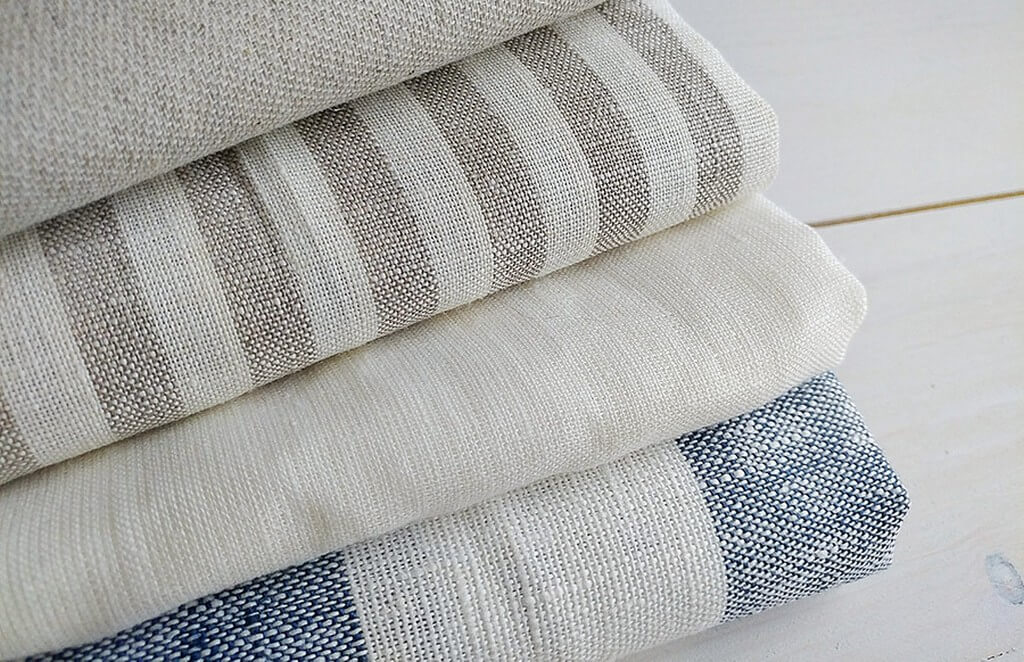Great Advice To Picking Bamboo Clothes
Wiki Article
What Are The Advantages Of Low-Impact Hemp Clothing For The Sustainability Of The
Clothing made of low-impact hemp fiber offers a variety of environmental advantages when compared with other clothing materials. This includes clothing made using synthetic fibers or traditional cotton. Hemp clothing is environmentally friendly. It is a fast-growing crop which requires less water, pesticides or herbicides in comparison to other crops. Hemp can adapt to various kinds of soils and climates and climates, which decreases the need for chemical pesticides in agriculture.
Lower water usageLower Water Consumption Hemp typically requires significantly less water than cotton, which is renowned for its high water consumption. Hemp clothing is more water-efficient due to this.
Hemp is typically produced without the use of synthetic pesticides. Pesticides are not necessary. This can help reduce the environmental impacts that come from chemical farming.
Hemp cultivating can improve soil quality thanks to its roots that are deep-rooted. This assists in preventing soil compaction and erosion. It also keeps the soil in better condition to allow for future cropping.
Biodegradability Biodegradability Hemp fibers break down and decompose naturally over time. This decreases the environmental burden from textile waste. In contrast to synthetic fibers, such as polyester, which may take hundreds or even thousands of years to degrade.
Low Carbon Footprint - Hemp fibers have a less carbon footprint than synthetic materials. Hemp is also a carbon-sink because it absorbs CO2 from the atmosphere as it is expanding.
Durability- Hemp clothing is known for its long-lasting durability and durability. The best hemp clothing can last for many years which means less frequent replacements and further reduce consumption.
Natural Pest Resistance- Hemp plants are naturally resistant to many pests, reducing the need for chemical methods to control pests.
Hemp offers a broad range of uses in textiles including bags, clothing, accessories and many more. This makes it an eco-friendly, versatile option for fashion and textiles.
Regenerative agriculture- Certain sustainable farming techniques incorporate hemp into regenerative agricultural systems that aim to restore and improving ecosystems while producing plants. This approach could have positive environmental effects.
It is important to remember that although hemp has the potential to provide numerous environmental advantages The durability of clothing is dependent on a variety of factors, including dyeing processes, transportation, consumer behavior, etc. As with any other industry, there may be variations in production practices and standards. Therefore, it's beneficial to look for certified organic or sustainable hemp clothing alternatives to get the best environmental benefits. View the recommended his response on hemp clothing for website recommendations including jungmaven clothing, hemp tees wholesale, american made hemp clothing, mens hemp trousers, t shirt hemp, hemp shirts mens, hemp boxer shorts, patagonia double knee pants, hemp long sleeve shirt, hemp t shirt mens and more.

How Do Hemp Fibers Help Improve Carbon Sequestration (Carbon Sequestration) Sustainability, Sustainability As Well As Crop Rotation (Crop Rotation)?
Hemp fibers contribute to carbon storage, sustainability and crop rotation in a variety. They are an excellent choice for textile and agricultural production.
Hemp is a plant that grows at a rapid rate. It matures between 70 and 120 days depending on the kind of hemp and the growing conditions. During their rapid-growth phase hemp is able to absorb carbon dioxide from the atmosphere via photosynthesis. Carbon uptake is a major factor in carbon sequestration and decreasing CO2 emissions from the air.
Hemp has a high biomass production. The plant's tall stalks and dense foliage create a substantial amount of organic matter. If this biomass is used in soil for different purposes, it will help to increase the quantity of organic carbon.
Sustainability:
Hemp cultivation uses less synthetic pesticides. It also requires fewer herbicides. The natural resistance of hemp to numerous diseases, pests and weeds minimizes the need of chemical treatments. Organic hemp farming, particularly, emphasizes sustainable agriculture by avoiding synthetic chemicals.
Water Efficiency- Hemp is a relatively water-efficient plant that thrives even without irrigation, particularly when compared to traditional cotton that is water-intensive. This is why it is more sustainable in regions with limited water resources.
Soil Health- Hemp's extensive root system can improve soil health. The roots of the plant help to prevent erosion of soil by stabilizing the soil's structure and decreasing runoff. The cultivation of hemp can also enhance microbial action in the soil. This promotes nutrient cycle and soil fertility overall.
Hemp may be included in the rotation of crops. Crop rotation is the process of switching between various crops in a single field. This technique can end the cycle of pests and diseases as well as reduce soil erosion and improve soil structure. Hemp's contribution to crop rotation can contribute to the sustainability of farming practices.
Crop Rotation
Hemp plants can be rotated with other crops including legumes, grains and vegetables. Diversification assists farmers in maintaining the health of their soil and also reduce diseases and pests. It also helps to maintain balanced cycle of nutrient production.
Hemp roots penetrate the soil and aerate it which reduces compaction and improves the infiltration of water. Following the harvest of hemp the improved soil structure helps subsequent crops in the rotation.
Hemp fibers are a good option for crop rotation due to of their rapid expansion, the high yield of biomass, their low need for chemicals, high water efficiency, and positive effects on soil health, and compatibility. This makes hemp cultivation an environmentally sustainable and regenerative agricultural practice, and the resulting fibers are an eco-friendly choice for textiles and other uses. Take a look at the top rated such a good point about hemp clothing for more advice including hemp athletic wear, patagonia double knee pants, hemp boxer shorts, patagonia hemp island pants, patagonia double knee pants, jungmaven clothing, jungmaven t shirt, hemp pants womens, jungmaven t shirt, hemp apparel wholesale and more.

What are differences between hemp and Bamboo fibers?
Two distinct fibers, bamboo and hemp can be used in textile production. Each is unique and comes with its own advantages and distinct characteristic. Here are the key differences between bamboo and hemp fibers- 1. Plant Source-
Hemp fibers originate from the outer bast fibres in the stalks. Hemp, a versatile and fast-growing plant, has been grown in many ways for centuries.
Bamboo fibers are made out of the pulp made by the bamboo plant. Bamboo is known as a species of grass with rapid growth as well as for its ability to regenerate quickly.
2. Fiber Characteristics
Hemp- Hemp fibres are well-known for their strength and long-lasting. They are among the strongest of all the natural fibers. Each time they wash them, they soften up, which makes them perfect for clothing that lasts a long period of.
Bamboo- Bamboo fibers are extremely soft and silky in texture. They can be more fragile and less durable than hemp fibers but are still coveted for the comfort they provide against skin.
3. Texture and Feeling-
Hemp- Hemp fabrics have an abrasive, textured sensation in the natural state. It's soft, but it is different from bamboo.
Bamboo- Bamboo material is soft, smooth, and silky. It's been described as feeling like cotton and silk.
4. Breathability (and moisture-wicking)-
Hemp Fibers- Hemp fibers absorb moisture and are naturally and breathable. They can keep you dry and cool in hot weather.
Bamboo fibers can also be extremely ventilated. They can wick moisture away. The micro-gaps improve the capacity of bamboo fibers to regulate moisture and temperatures, keeping you in a comfortable position no matter what the conditions.
5. Environmental Impact-
Hemp- Hemp fiber is an eco-friendly product due to its low water requirement, rapid growth and resistance to pests. This reduces the need for pesticides and herbicides. It can sequester CO2 from the air as it expands.
Bamboo is regarded as a sustainable material. It grows quickly, requires little water, and doesn't need synthetic pesticides. Moso is one of the bamboo varieties that is most sustainable.
6. Processing-
Hemp- Hemp requires extensive processing to separate its outer bast fibers (outer woody core) from the woody inner fibers. The process may require decortication, retting and mechanical separation.
Bamboo- Bamboo fibers can be made by a chemical known as the viscose or rayon process. It uses chemicals to break down bamboo fiber. This process can be harmful for the environment if it is not handled responsibly. However, some bamboo textiles use closed loop systems that minimize the waste of chemicals.
7. Versatility-
Hemp- Hemp is versatile, with many uses including clothing, building materials, textiles.
Bamboo Fibers Bamboo fibers have been used in clothing, textiles and other products.
Summary- Both hemp and Bamboo offer unique benefits and are environmentally sustainable. It is dependent on the qualities you are looking for in a product and how eco-conscious you are. Have a look at the top rated website on bamboo clothing for website recommendations including bamboo sportswear, faceplant pajamas, ladies bamboo tops, bamboo jeans, bamboo clothing brand, rayon from bamboo fabric, bamboo pants, ladies bamboo t shirts, bamboo maternity, bamboo pajama pants and more.
